The prolific Egyptian director Youssef Chahine was an “unknown unknown” in my film knowledge. Well, now I know. Over the past five days I’ve watched the first five movies in the Aug. ’24 Criterion Channel lineup: Cairo Station, The Land, The Blazing Sun, The Emigrant, and Devil of the Desert.
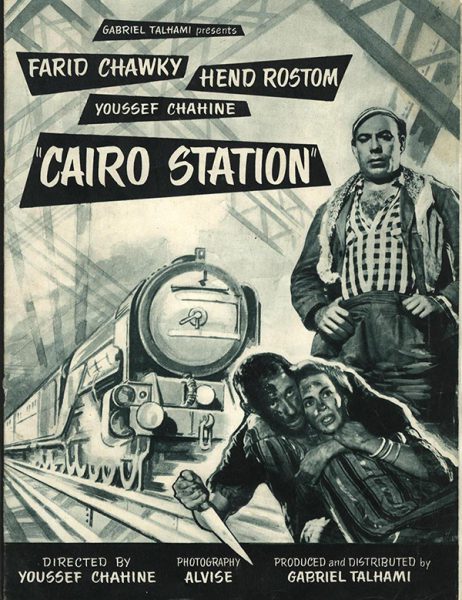
If you have a Criterion subscription (recommend), this is a link to the lineup. I went in without any knowledge of Chahine which is a good way to start. (Here is the BFI on where to start.) On Criterion, critic Richard Peña provides a short introduction that gives some context to Chahine and Egyptian cinema generally — but I’d still recommend watching Cairo Station first and then the intro.
Chahine is all style but he doesn’t have a “style” in the auteur sense. He made melodramas, musicals, historical epics, adventures, comedies, autobiography — sometimes all in the same movie. Cairo Station is a good place to embark on the Chahine train because it zigs and zags from familiar noir and neo-realism tropes in ways surprise and delight. You get the sense of life moving by the community of station workers while they love, fight, dance, illegally sell cola, unionize, and occasionally murder each other. This sense of humanity — in all its’ glory and ugliness — is the through line of Chahine’s movies. Watch Hind Rustum (Mae West + Barbara Stanwyck + Marilyn Monroe) learn western dance moves from a train car of modern youths and you get a neat précis on Chahine’s themes in these five movies. The excitement and fear of the new. The poor, the traditional, the overlooked either learn the new moves or get crushed. (Or get crushed because they learn the new moves.) Any human with a beating heart will be a little in love with Hind Rustum in Cairo Station. (Plus, Chahine himself plays Qiwani, a newspaper seller who is, um, uncomfortably fixated on Rustum’s character.)

Modernization, independence, education, class struggle — all are themes in both The Land (1969) and The Blazing Sun (1954). These larger themes are present in the indelibly, precisely portrayed life of the villagers who populate these movies. (The stories are somewhat similar, involving farmers, water-rights, and evil/corrupt officials.) The focus is on life as lived by traditional and mostly unexceptional people. The Land is probably the better movie, but The Blazing Sun has Omar Sharif’s first starring role. Watch Sharif and co-star Faten Hamama fall in love in real time. (They later married.) The Land has an amazing final image that ties the themes together in heart-rending action. (Again, good to go in blind on this.)
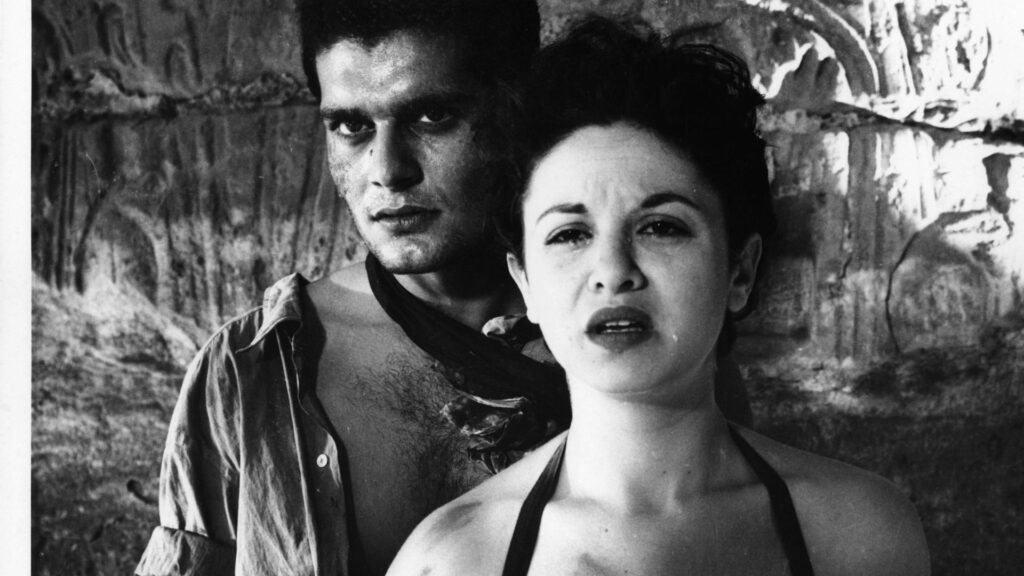
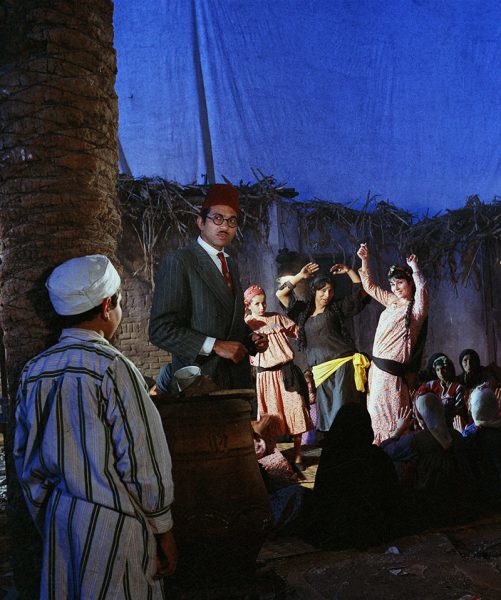
The Emigrant (1994) is easily the best “adapted Bible story” movie I’ve seen (which isn’t saying a whole lot, I suppose). This version of the Joseph story (Ram in the movie) focuses a lot more on irrigation and “tending the garden” of a sexually frustrated princess than is present in, you know, the Bible. This is a beautiful movie with a searing, reserved performance from another Chahine find, Khaled Nabawny. I confess I don’t totally know what the point of the re-telling is, even as I loved Nabawny and the sheer spectacle of the film (perhaps that’s all that is necessary!) Yet, Nabawny’s Joseph character in The Emigrant is, like Mohammed Effendi (Hamdy Ahmed) in The Land and Ahmed (Omar Sharif) in The Blazing Sun, a man whose purpose is to bring new farming techniques to his starving homeland. These three characters, who I can’t stress enough are all characters who went away to a city to learn about farming, gain their agricultural insight at a steep price and much loss of life.
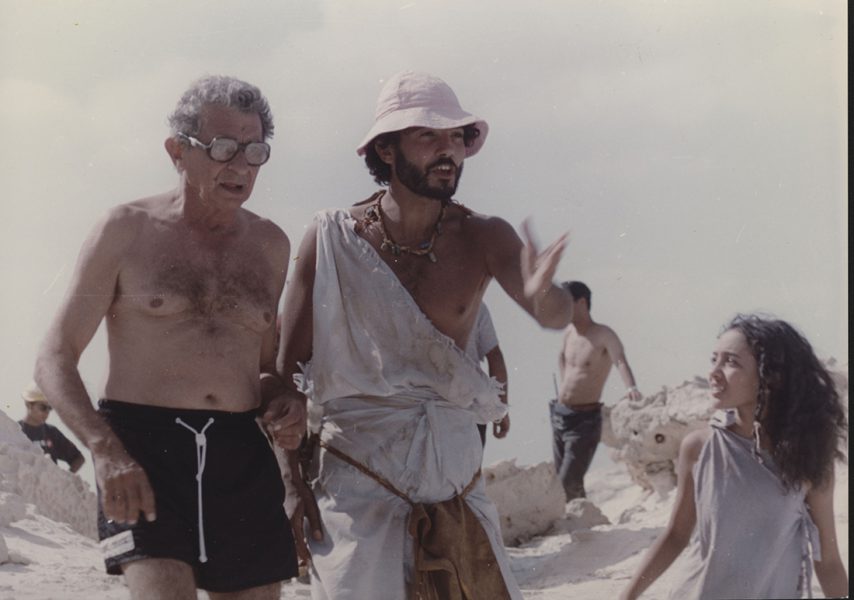
The poor and traditional people are often considered the hapless losers in modernization. But in these movies it is clear that the loss — of land, of food, of tradition — is due to who controls modernity, not from ignorance on the part of traditional society. (Another reason why the depiction of the full humanity of these societies is so important.) To allow the poor to benefit from and even surpass their masters is to upend society. And the greedy will always try to survive at any cost. Chahine is clearly with the lower classes in their struggles. The Emigrant is the only one of these three farming-method-themed films that has a fully happy ending. The Egyptian rulers, while warring and in-fighting and being a bit weird sexually (another theme from Cairo Station), are pretty reasonable for slave-owners. They support Joseph/Ram in his efforts to learn farming. Here the resistance to change comes from within: Ram’s brothers. These are some famously horrible brothers. They would rather starve than let their youngest brother teach them how to sluice water from a river.
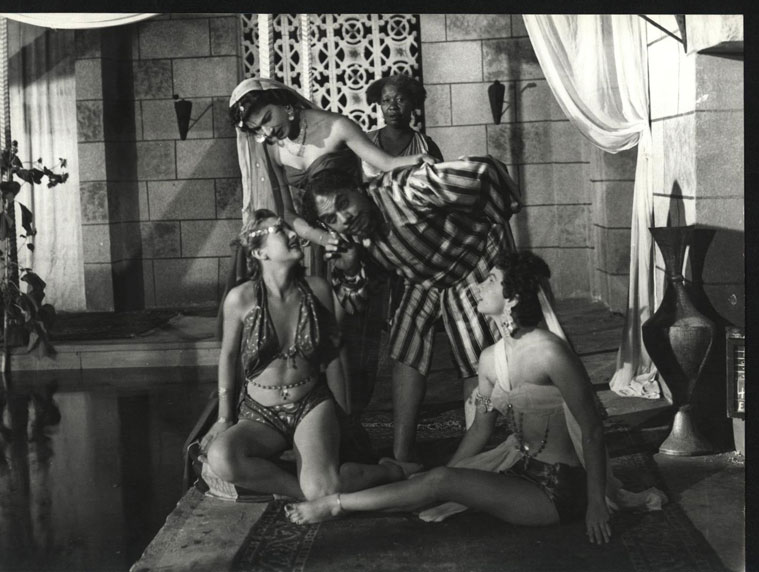
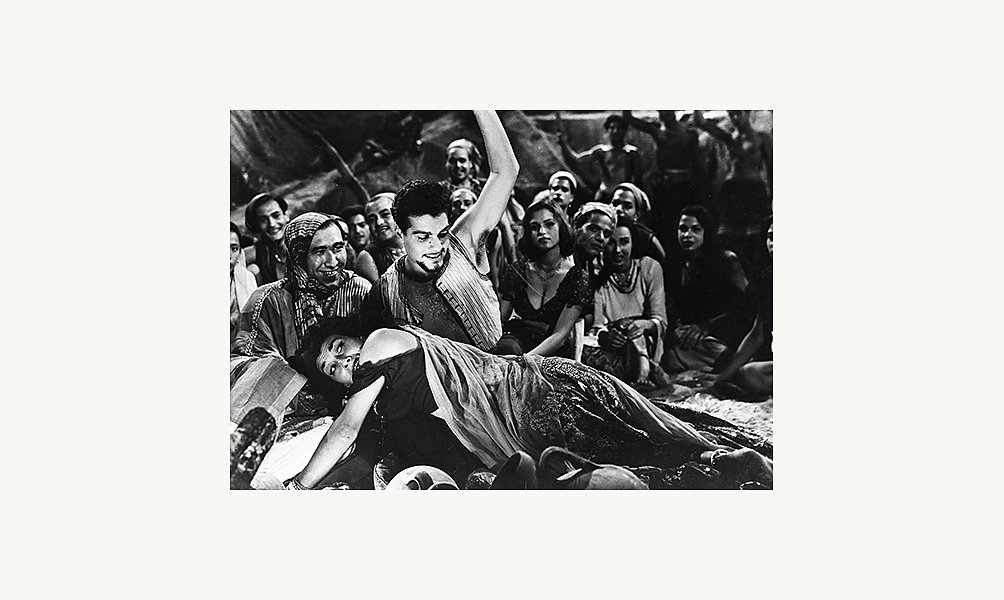
Chahine film number five is The Devil of the Desert (1954). A swift adventure flick in the swashbuckling vein featuring nomadic Bedouins, a gypsy camp, and a medieval castle with a charismatic baddy. Not of the same caliber as the other movies, but it has Omar Sharif in a pretty intense love triangle between his Zorro-like hero, a princess (Maryam Fakhruddin) and a gypsy (Lola Sedki). Like Hind Rustum in Cairo Station, Lola Sedki pops as a vibrant, singing, dancing, bold, and tough heroine. You’ll root for her even though, as genre dictates I suppose, Sharif is going to end up with the kinda dull princess (alas). A soggy gypsy / princess fight in a castle spa is a highlight. Like Cairo Station, the movie zigs and zags enough that even though the outline of the plot is familiar, the execution is unexpected. (The musical number in the gypsy camp is a real banger.) Like the other four movies, the focus is on a poor, traditional society (in this case Bedouin tribes) being exploited by a greedy ruler. Well, the bad guy in this is more psycho than greedy. He’ll invite you to a feast which is ended by large bowls being put in front of you. Then, he’ll chop off your hands into the bowl and you can watch as you bleed to death. (Has anyone lifted this idea? It’s probably good that the effects of 1954 left most of it to the imagination!)
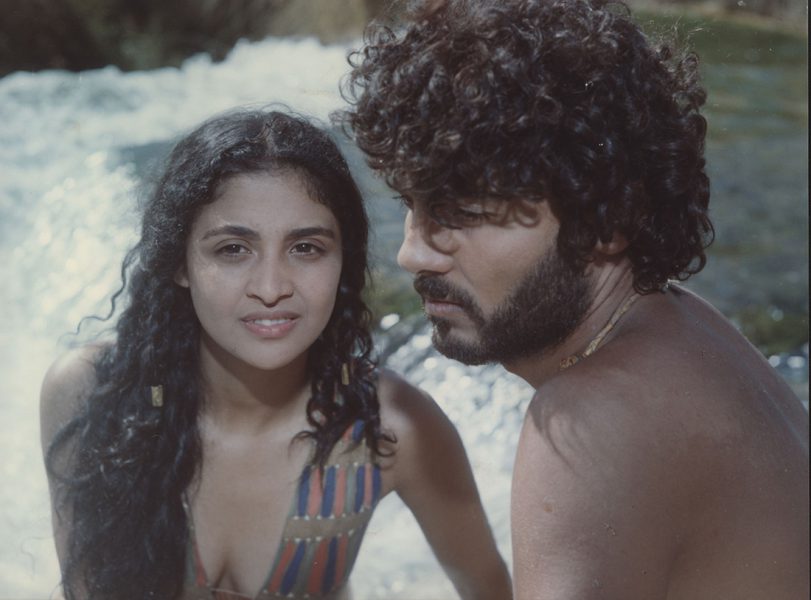
While Chahine is known for discovering great actors like Sharif and Nabawny, it is his female characters that make the greatest impression. Hind Rustum and Lola Sedki are fiery, bold, and fully in charge in Cairo Station and The Devil of the Desert. Hanan Turk is aggressive, smart, and electric (as opposed to Nabawny’s more passive character) in The Emigrant. Nagwa Ibrahim is brash and beautiful in The Land. Faten Hamama is intelligent, educated, and passionate in The Blazing Sun. Hamama went on to have an illustrious career in Egyptian cinema and, according to one profile, “showed through her roles the extent to which women in Egyptian and Arab societies can be strong, self-determined, and independent.”
All right! On to the next (checks Criterion) fifteen Youssef Chahine movies!
All photos are from MISR International Films, which preserves and distributes Chahine’s films. According to their “about us” page: “Misr International Films (MIF) was founded in 1972 by the late, world-renowned Egyptian filmmaker Youssef Chahine.”

